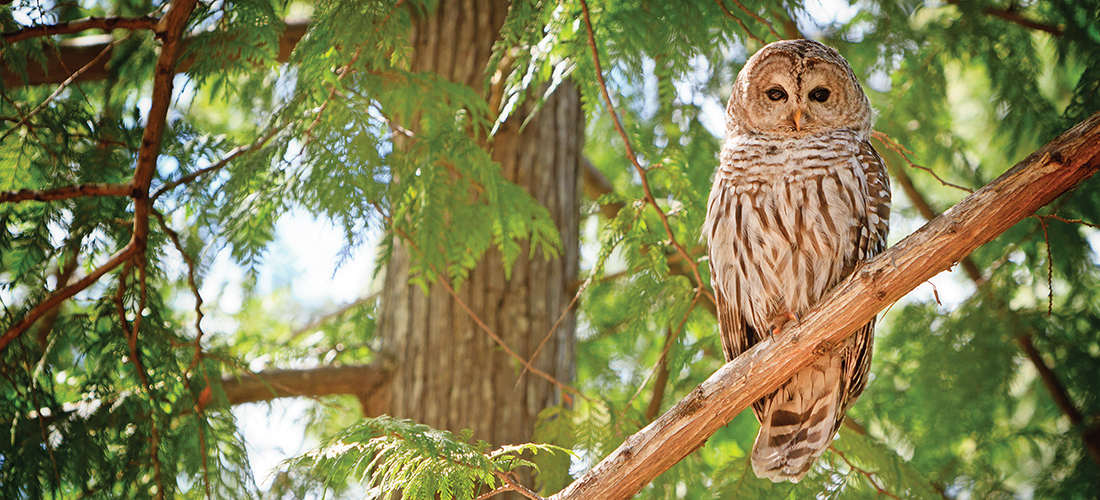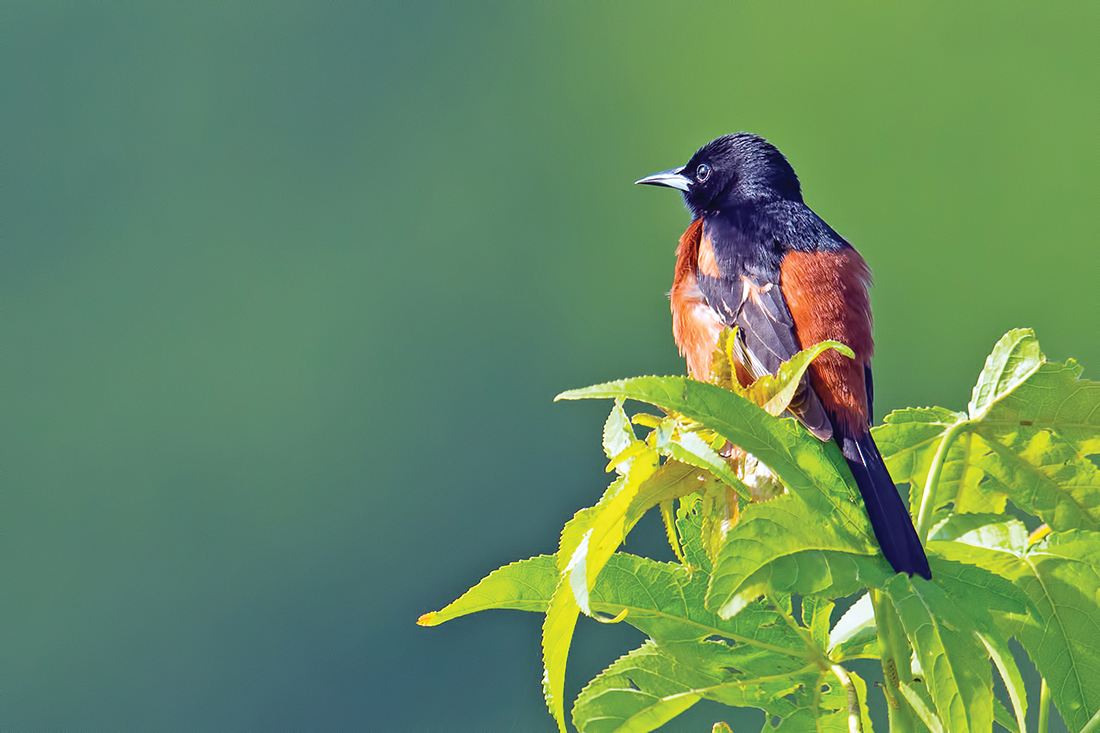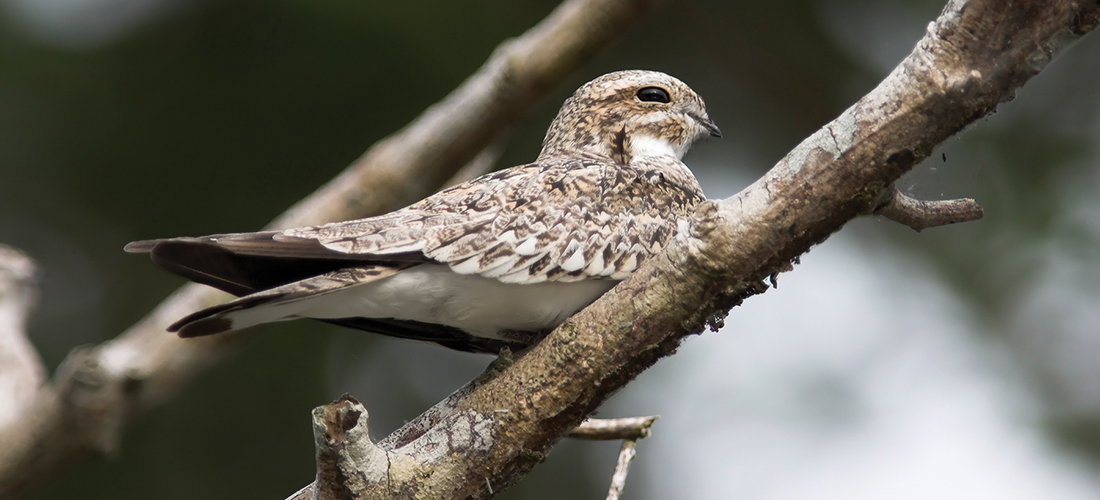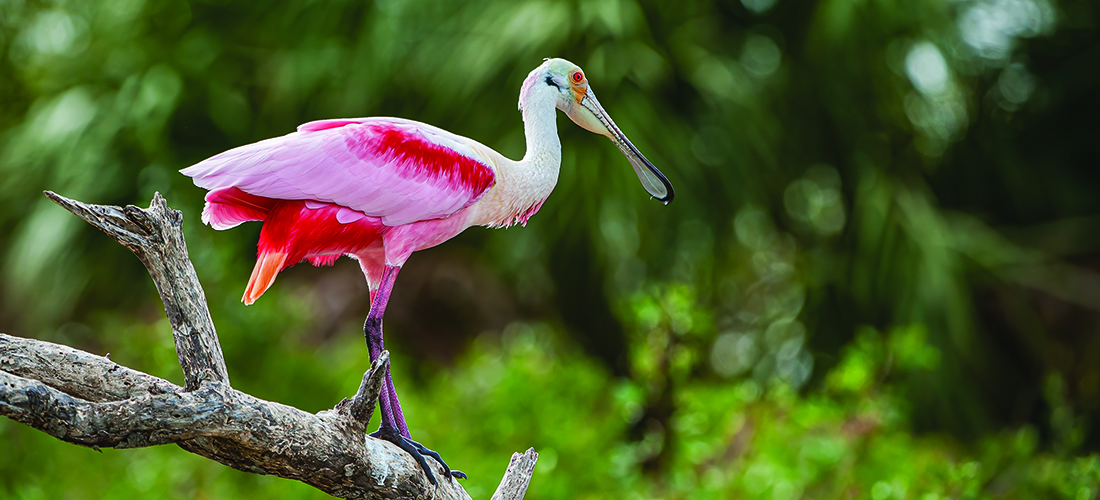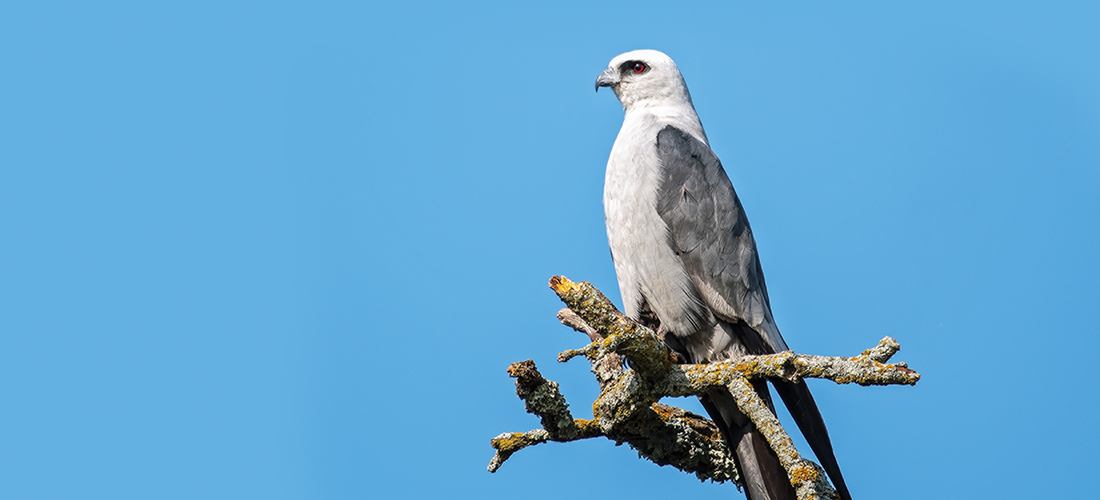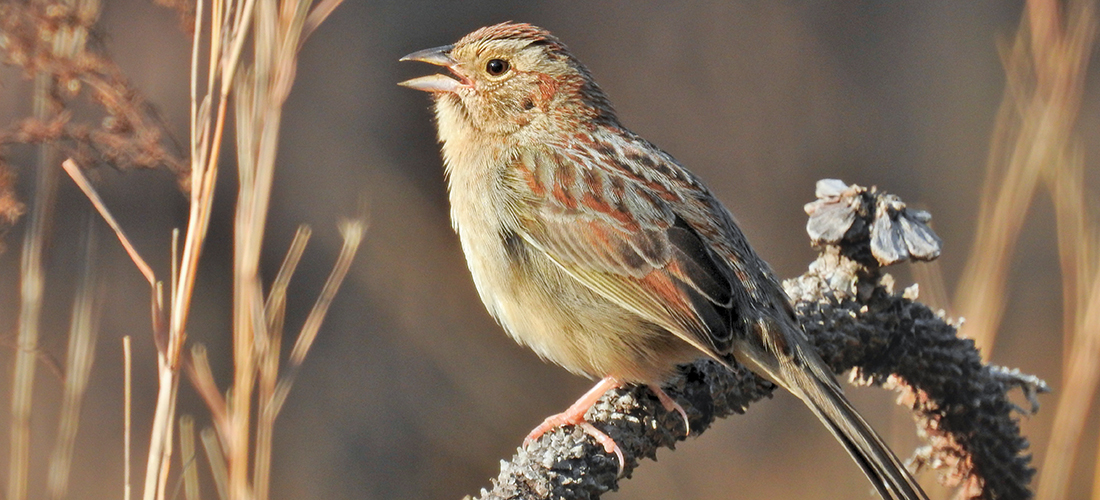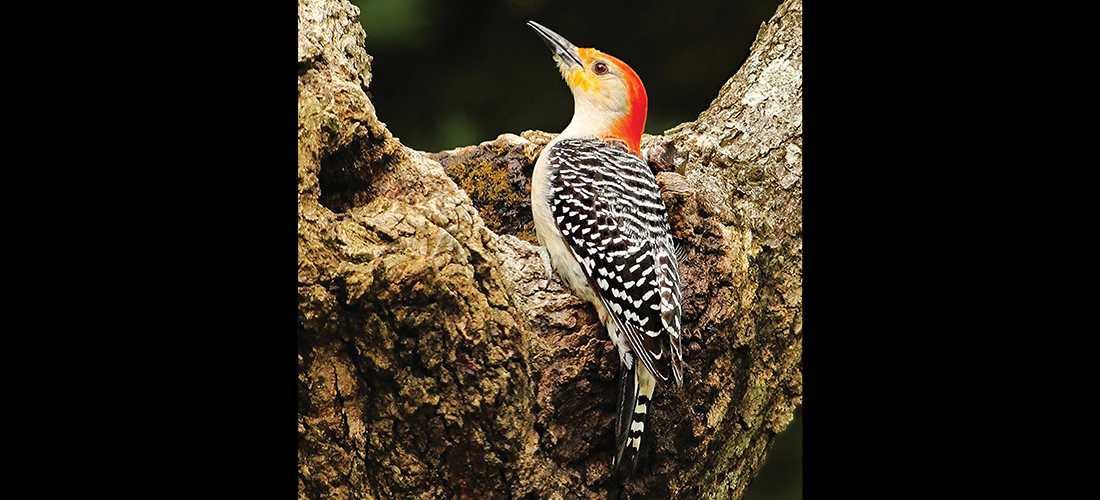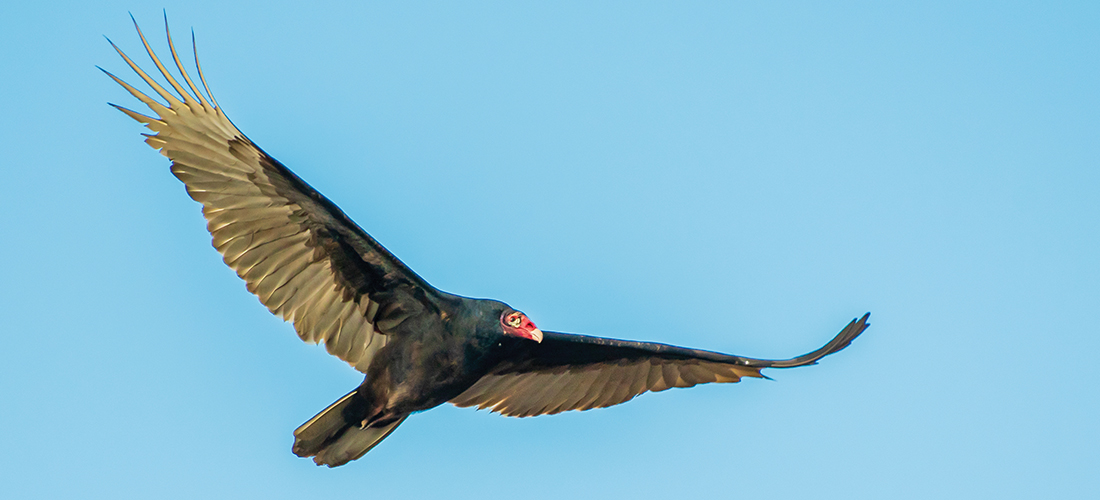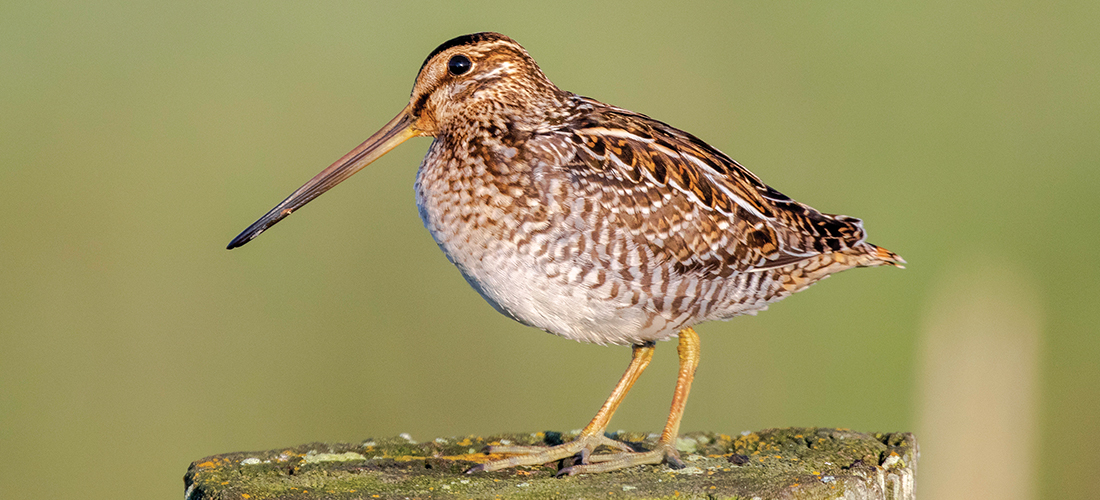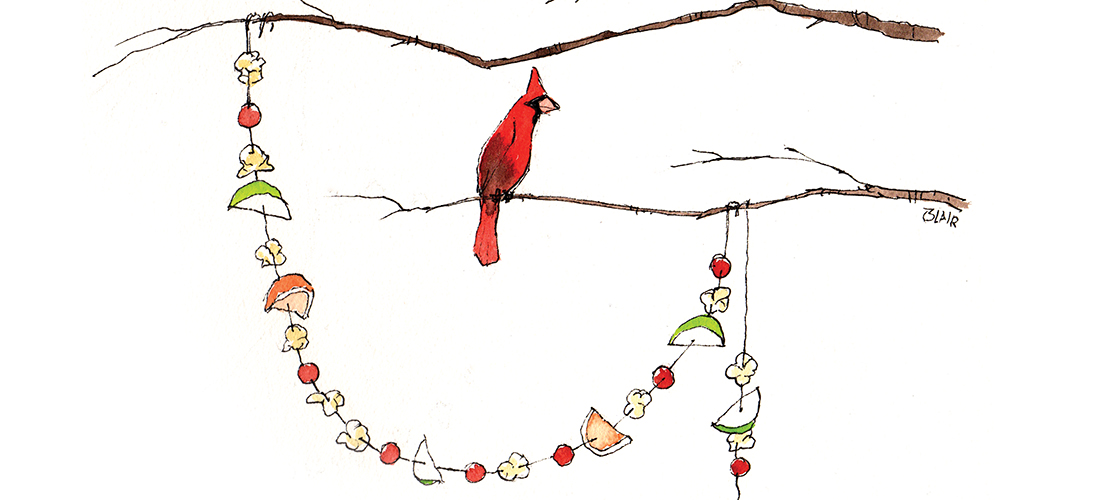What a Hoot
Call of the barred owl
By Susan Campbell
Owls definitely fall into the “spooks” category for many people. But there is one species that tends to be more endearing than scary: the barred owl. Maybe you have heard the “Who cooks for you? Who cooks for you a-a-a-a-ll?” echoing through bottomland forest. The song is most frequently heard in early spring when male barred owls are claiming territory and advertising for a mate. But they actually can be heard vocalizing any time of the year. These are large but well camouflaged birds. Only a little bit smaller than the great horned owl, barreds are often their close neighbors. Disputes over space and feeding areas are not uncommon. Vocal sparring early in the year can get quite heated; however, male barred owls can be heard now, calling or squawking not only at night but at dawn and dusk as well.
This owl gets its name from the distinct vertical brown streaks on its breast, belly and flanks. The bird’s spotted head and dorsal surface, in addition to the barring, make it very hard to spot during daylight hours when it is perched motionless close to the trunk of a large tree. Their liquid brown eyes make them very endearing to bird lovers far and wide.
Barred owls find a wide variety of prey in swamps and bottomland forests. They feed on not only mice, rats, rabbits, small and medium sized birds, but reptiles and amphibians as well. These owls will also wade into shallow streams and pools after crayfish and small fish. At dusk, barred owls take advantage of large flying insects such as moths and large beetles.
Barreds, in spite of their size, actually nest in cavities. They will use old woodpecker holes, rotted stump holes and even larger manmade nest boxes. Up to five young are raised by both parents for close to a full year. Adult barred owls are sedentary and probably mate for life. This likely explains why they tend to be so defensive of their territory. Not surprisingly, during the breeding season, the larger-bodied female barred owls are the most aggressive. Raccoons, opossums and hawks are common nest predators. But it is great horned owls that are the greatest predatory threat, so competition can be quite intense.
These owls are not averse to roosting, or even nesting, close to human habitation. People who get close to a nest may be subjected to distraction displays. The female may call loudly, quiver her wings or even attack with her talons. So, should you ever discover a nest hole, it is best to give it a wide berth to avoid any unintended consequences. They are known to use the same cavity year after year if they are successful. A pair of barred owls was documented to use the same cavity in the middle of the campus of the University of North Carolina for six seasons.
Despite the fact that they are non-migratory, barreds have expanded their range. Over the last century, they have moved westward into the Pacific Northwest and into southwestern Canada. They are in the process of displacing other native owls of the region including their close cousin, the endangered spotted owl. Certainly the future of this endearing species seems quite secure in our area. PS
Susan Campbell would love to receive your wildlife sightings and photographs at susan@ncaves.com.

